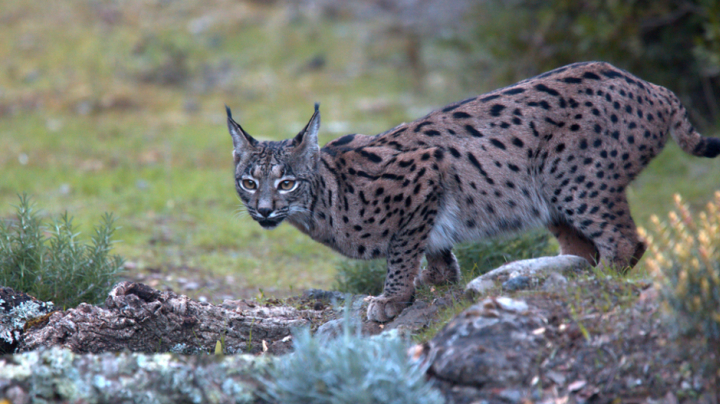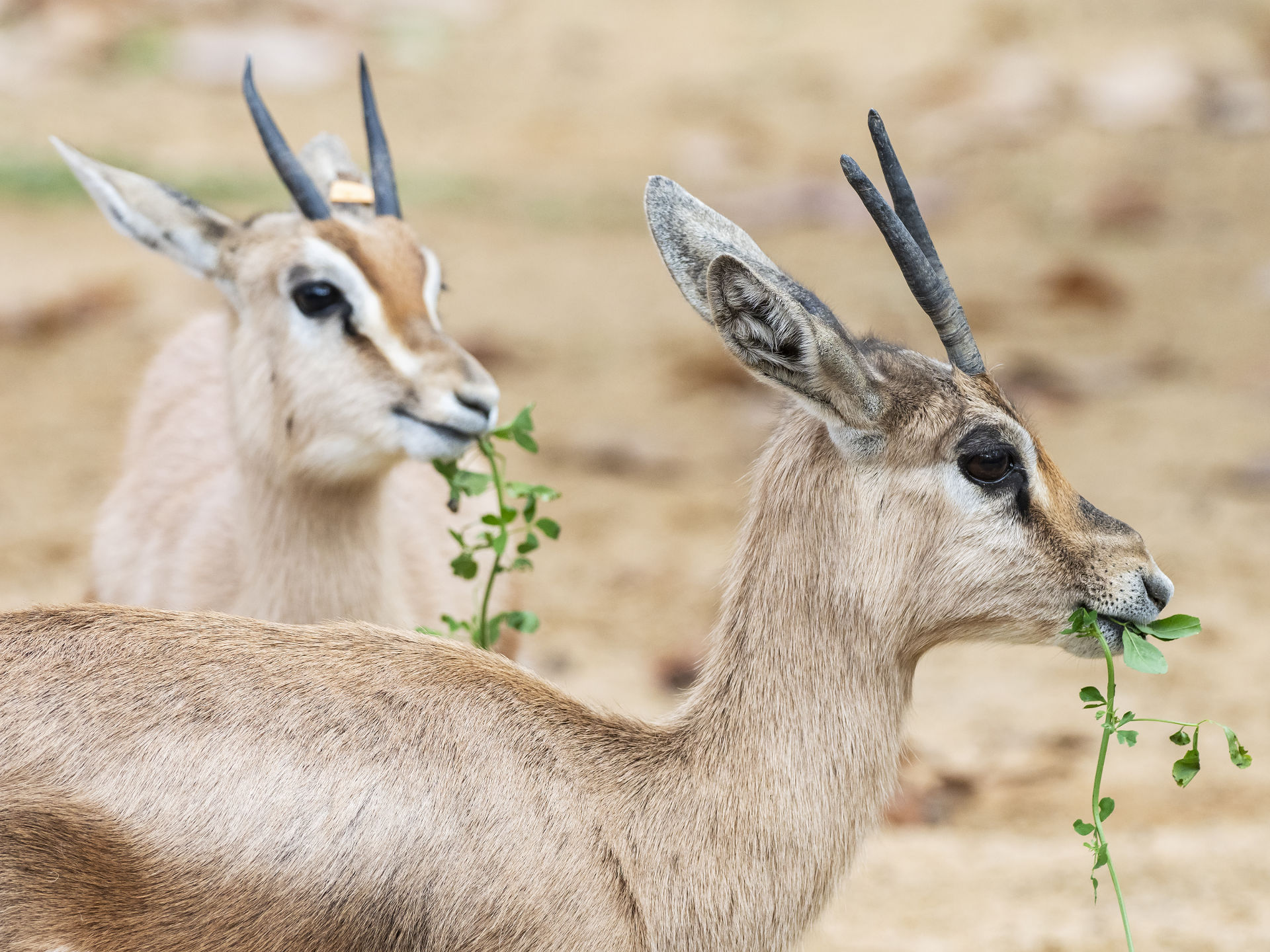
The interspecific interactions between carnivores can have important implications for the demography and distribution of the involved species. The relationships between the Iberian lynx (Lynx pardinus) and other Mediterranean carnivores has been studied very little. In this study, the Iberian lynx is presented as a control animal of the populations of several carnivore species. However, questions on the underlying mechanisms of this fact have not been resolved, such as temporary segregation mechanisms or segregation in the use of the space.
This role of the Iberian lynx as a control animal of the populations of the other species in the carnivore community is one of the arguments employed by organisations involved in conserving the Iberian lynx in campaigns to popularise and raise awareness in the hunting sector. These campaigns fulfil the function of exposing the lynx as an ally to hunters, performing the function of better controlling natural predators, keeping the other carnivores at bay.
Using camera-trap techniques, the presence and pace of daily activity patterns of carnivore species will be established, which will let us establish the effects that the lynx’s presence could have on the parameters for each of the carnivore species in the area of study.
Objectives:
- To study the spatial relationships between the lynx and other species that make up the carnivore community in an Iberian lynx population recently created by reintroduction (Sierra Morena Oriental, Castile La Mancha)
- To study the temporal relationships between the lynx and carnivore community with their main prey, the wild rabbit. To study the temporary segregation mechanisms in cases where there is a coexistence of the Iberian lynx and other carnivores.
- To obtain quality data that support the theory of the benefits that the presence of the Iberian lynx can have on small game estates as ‘control of natural predators’ in carnivore populations.



